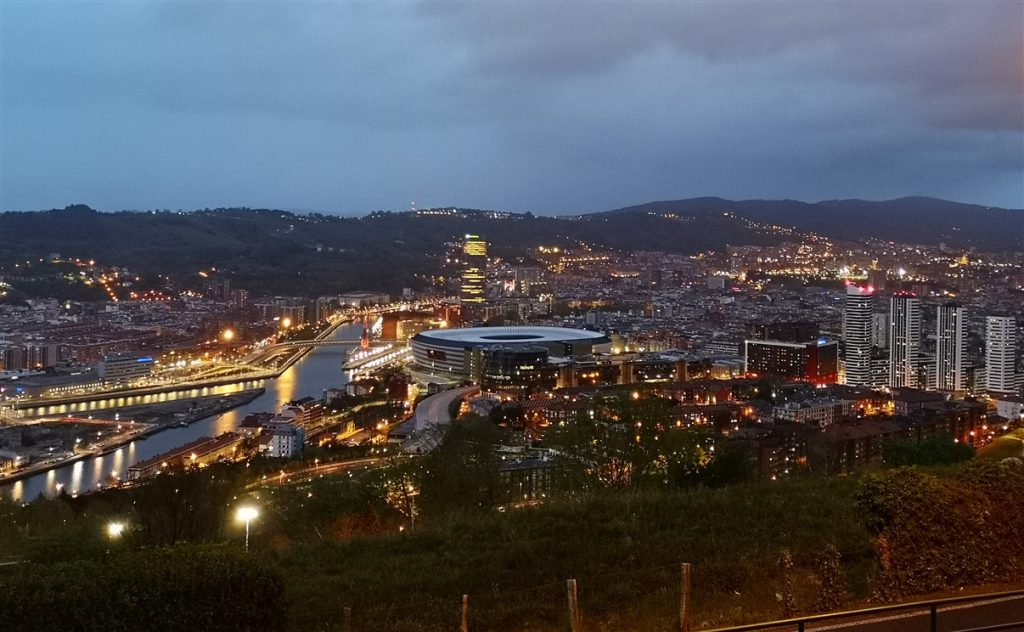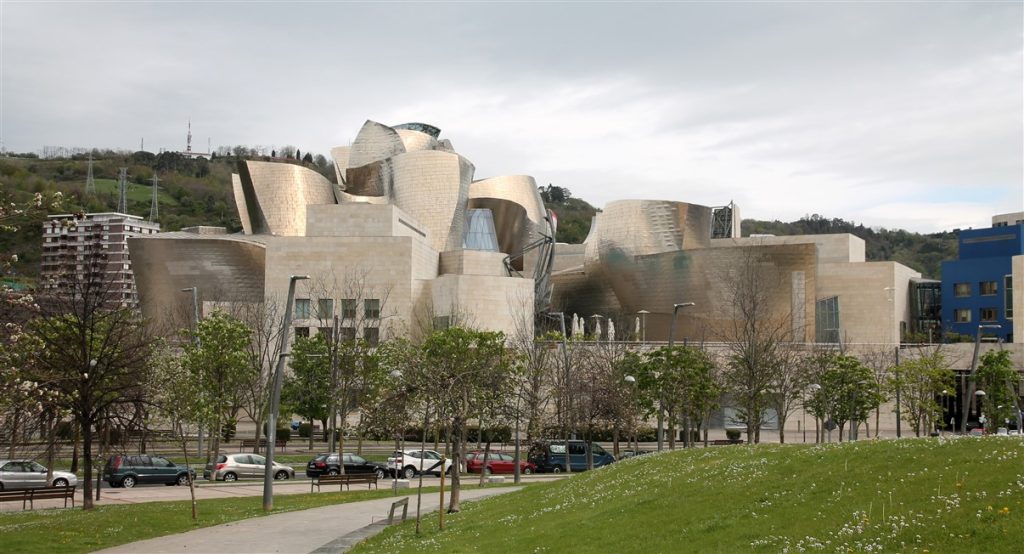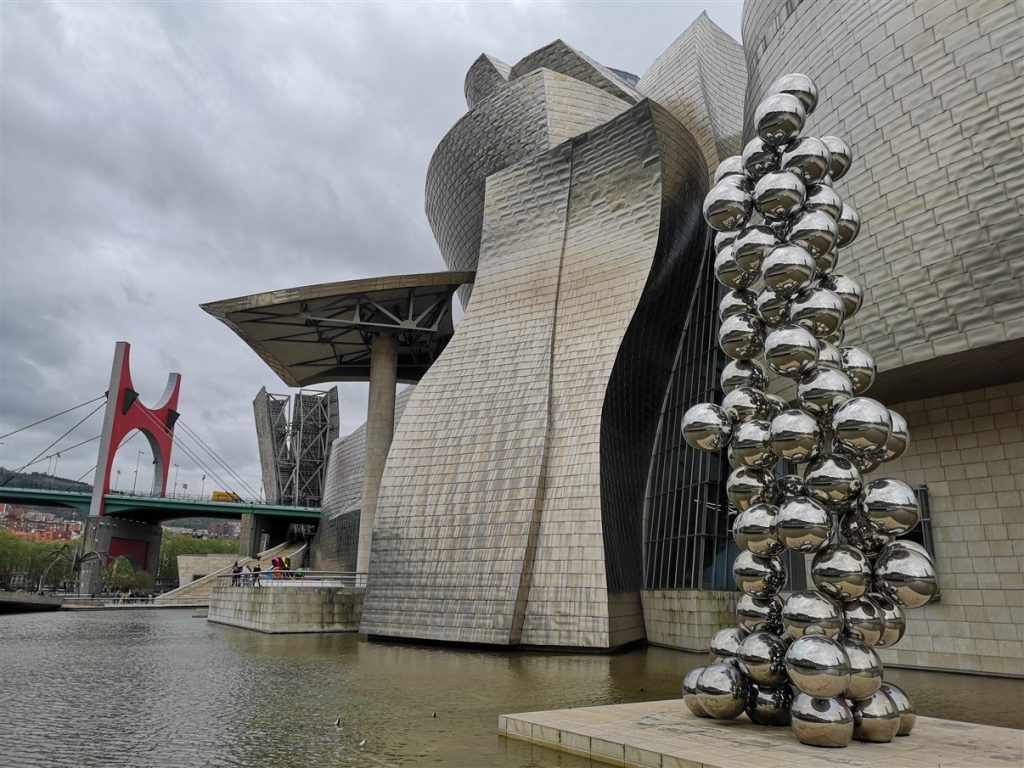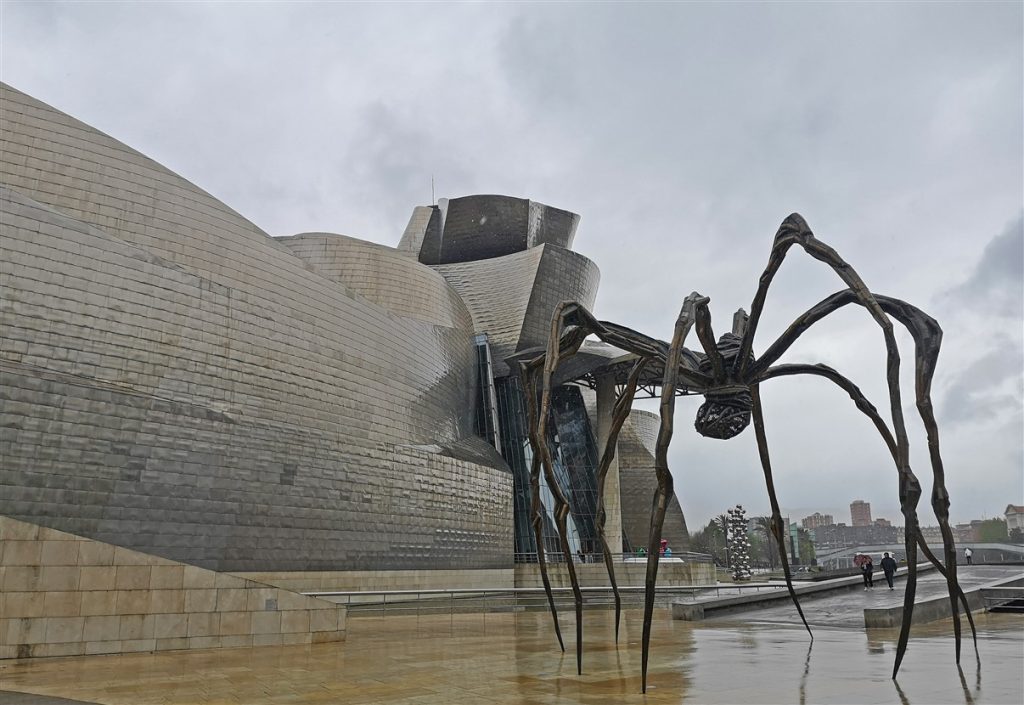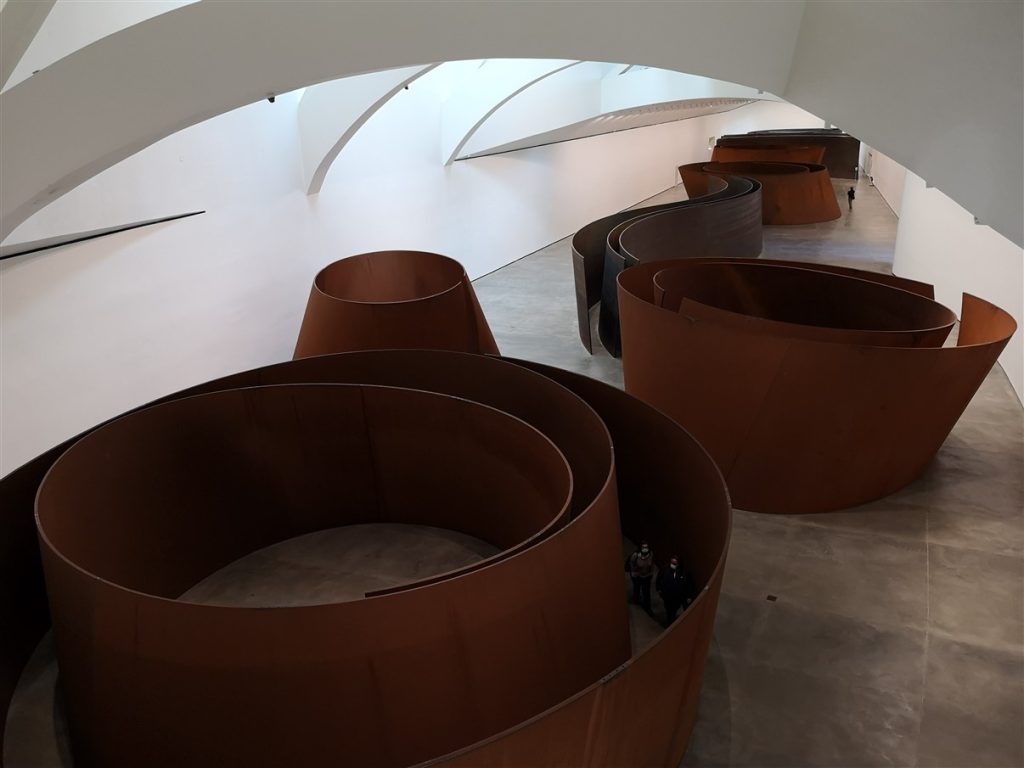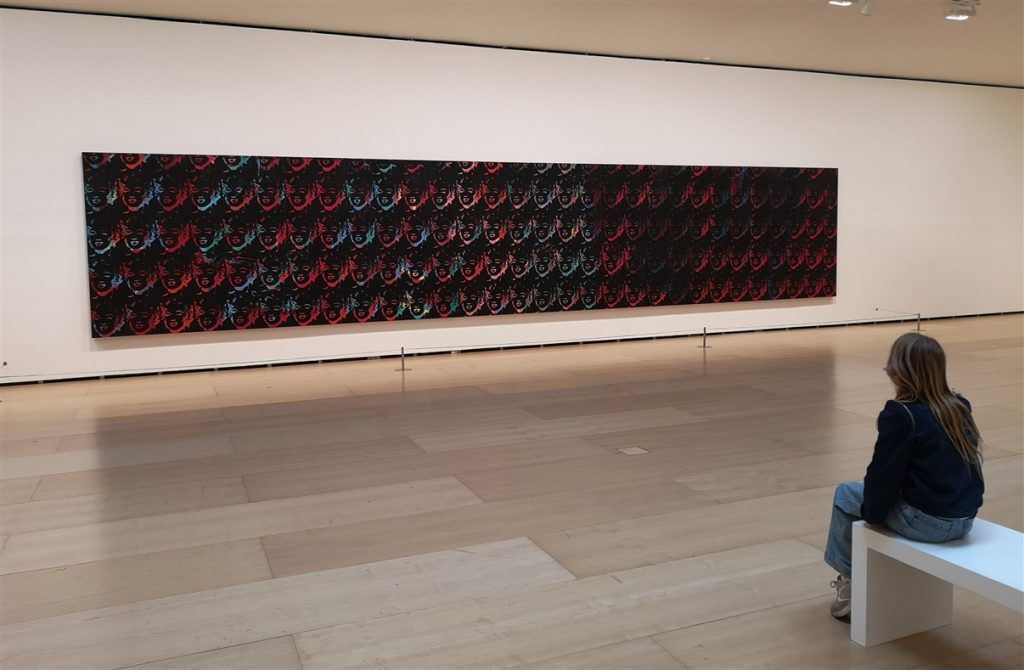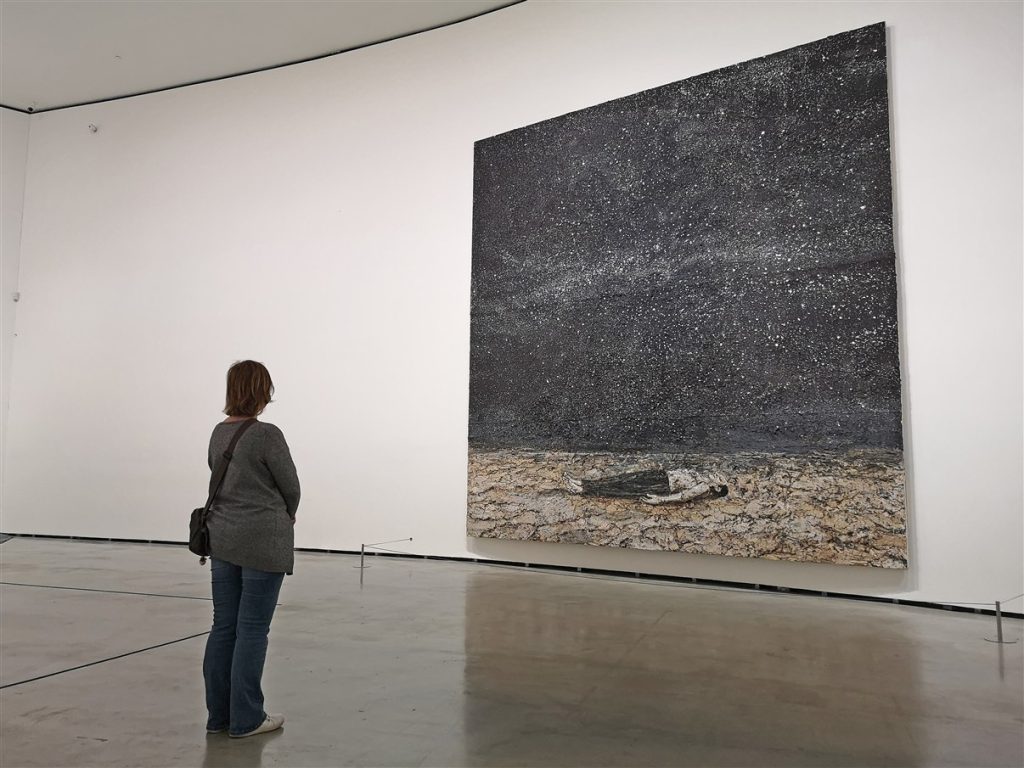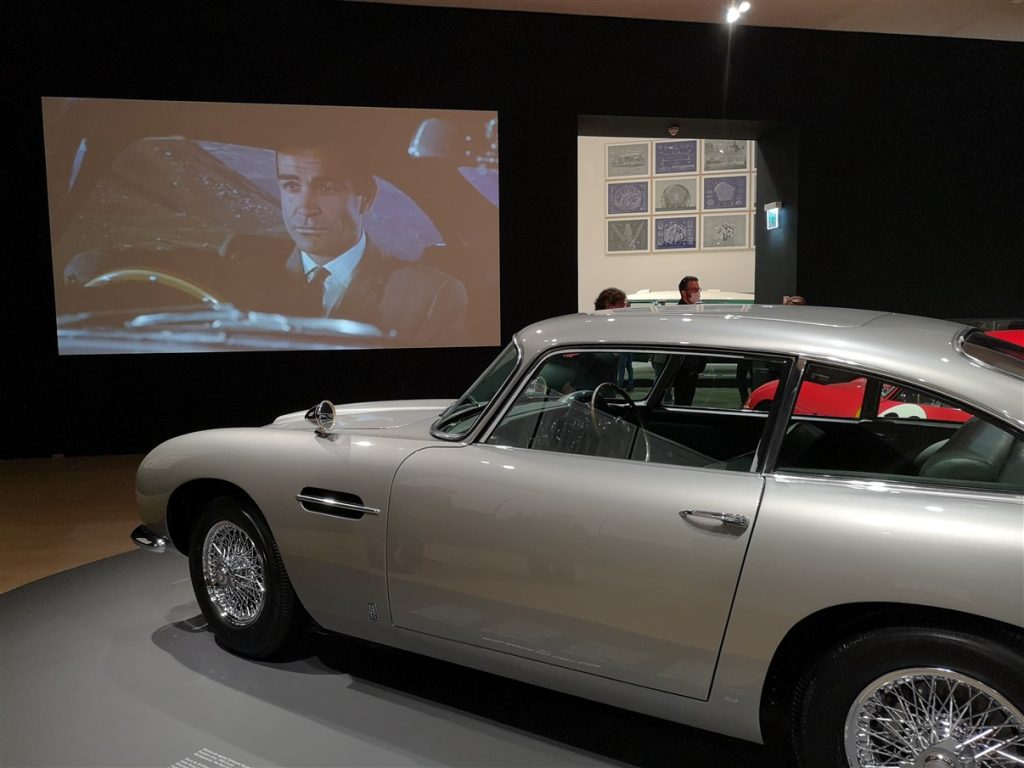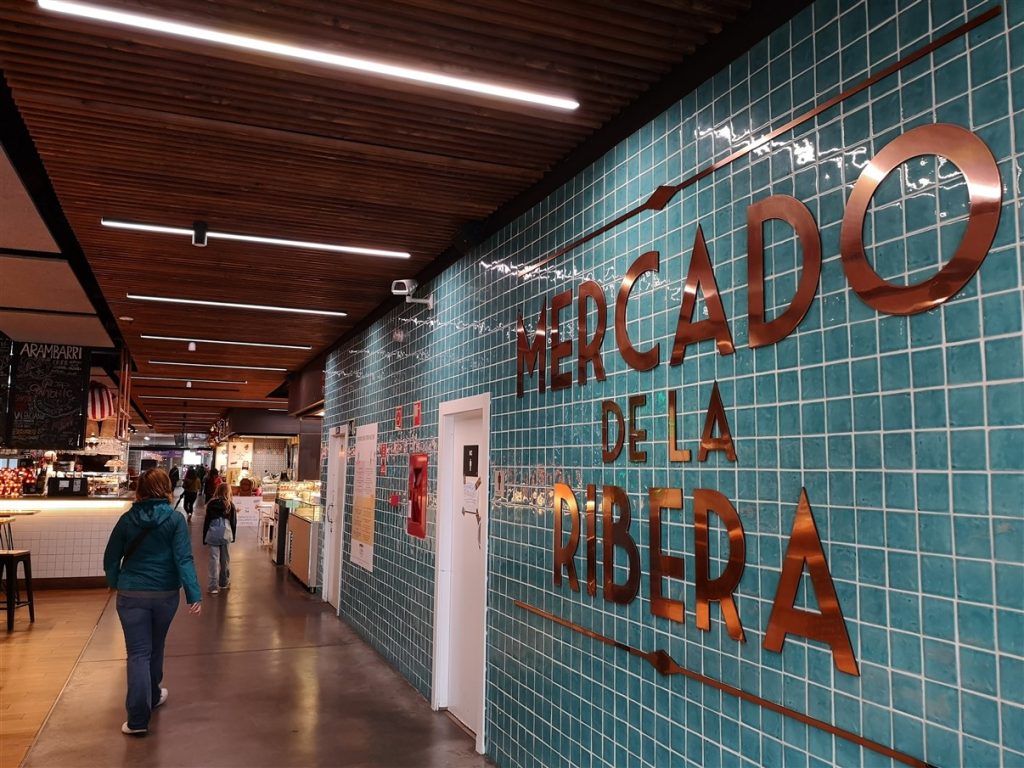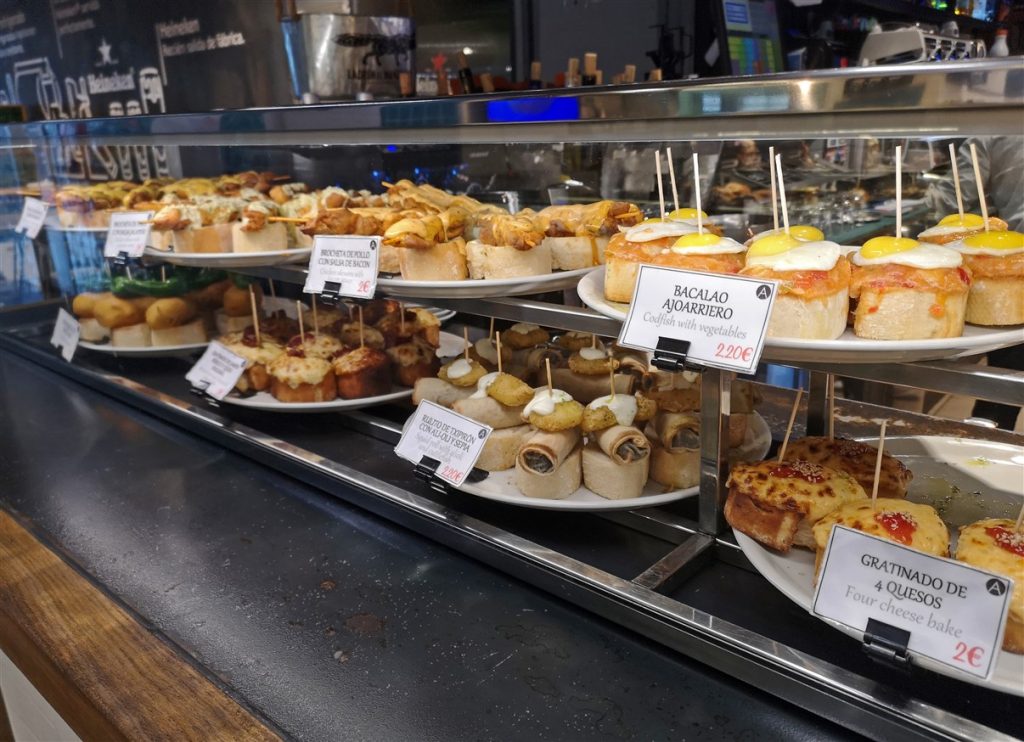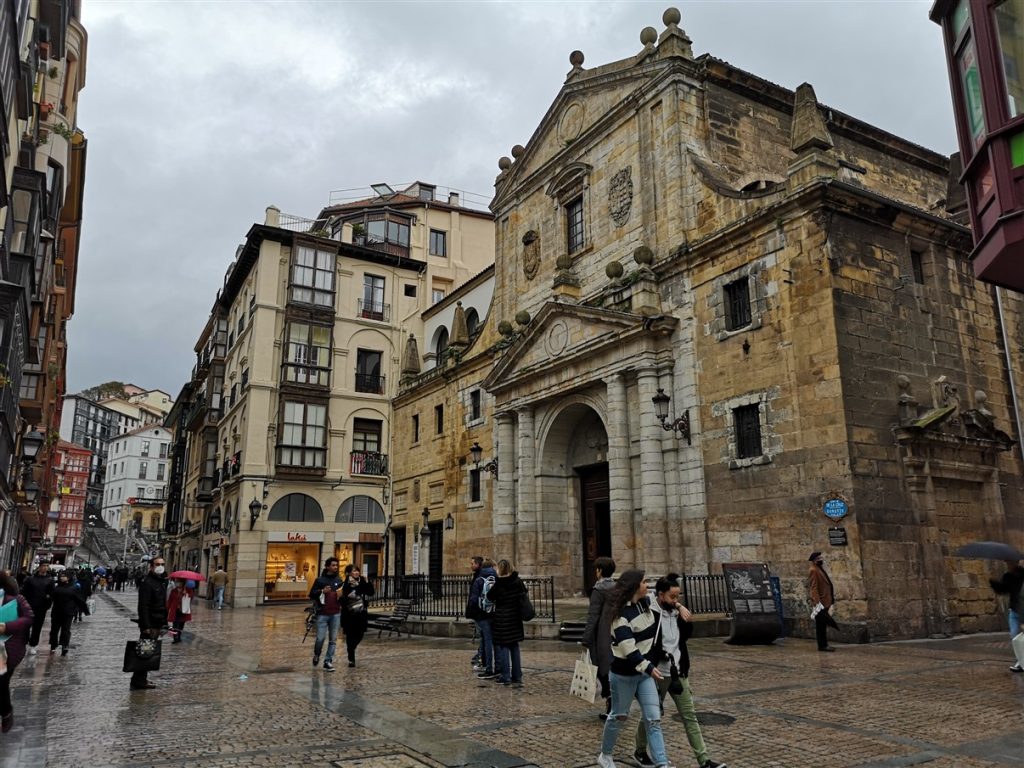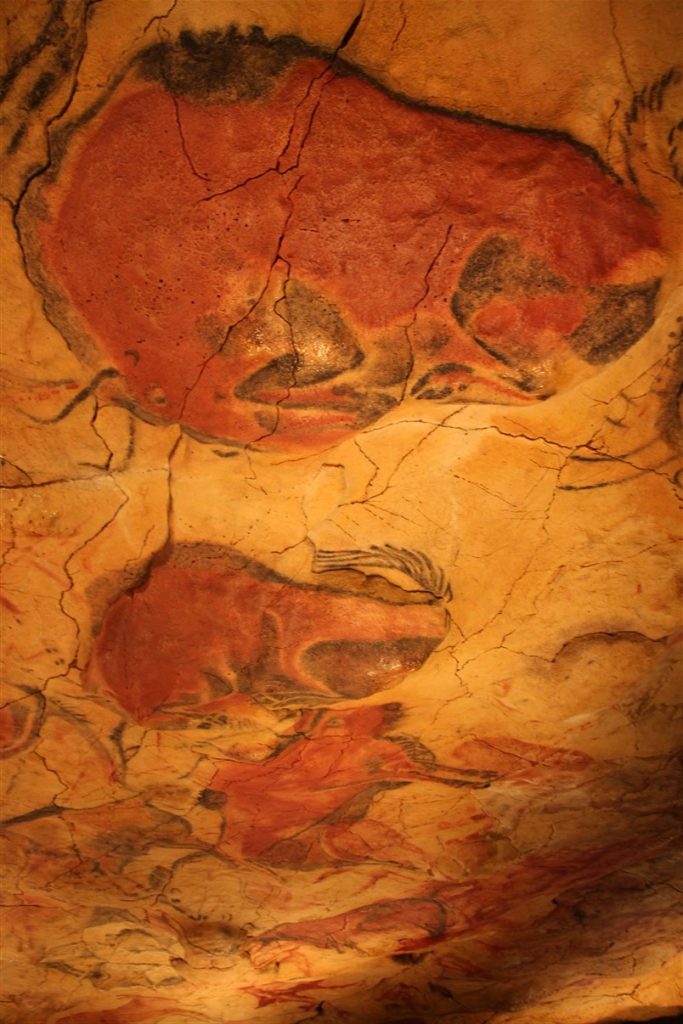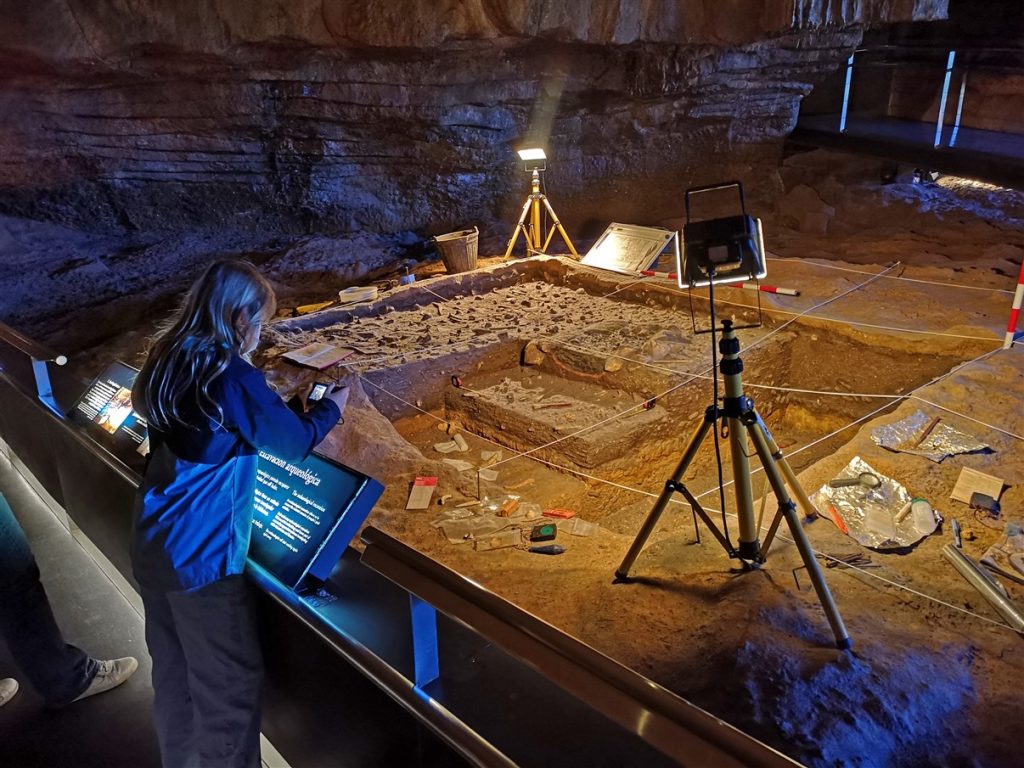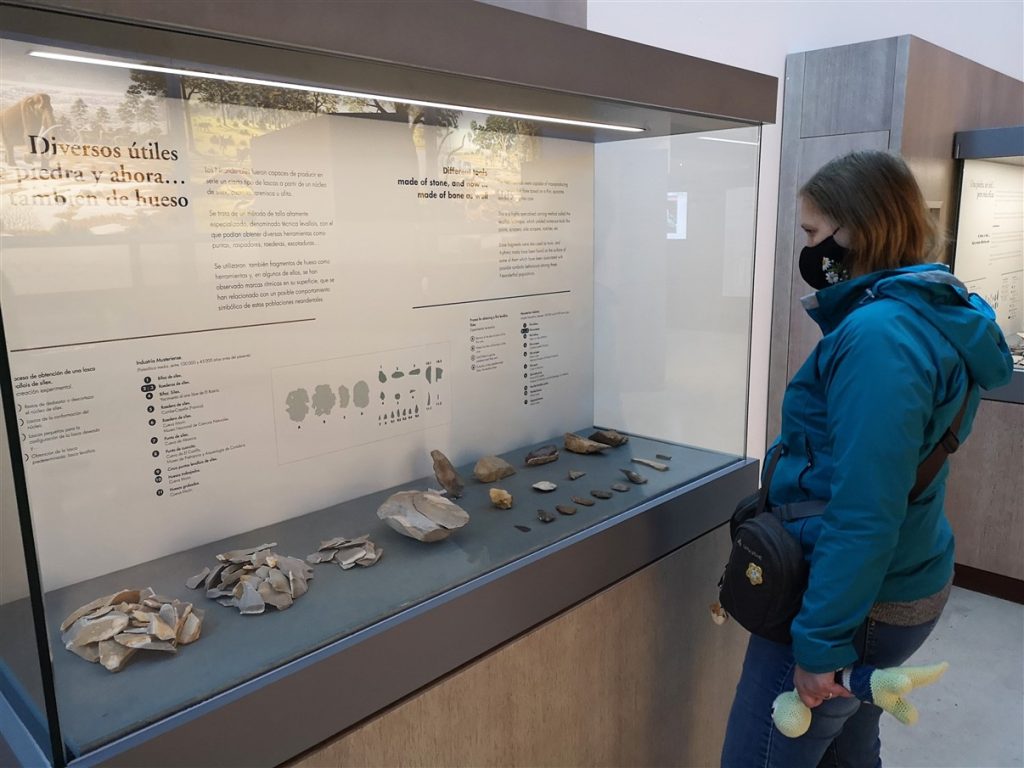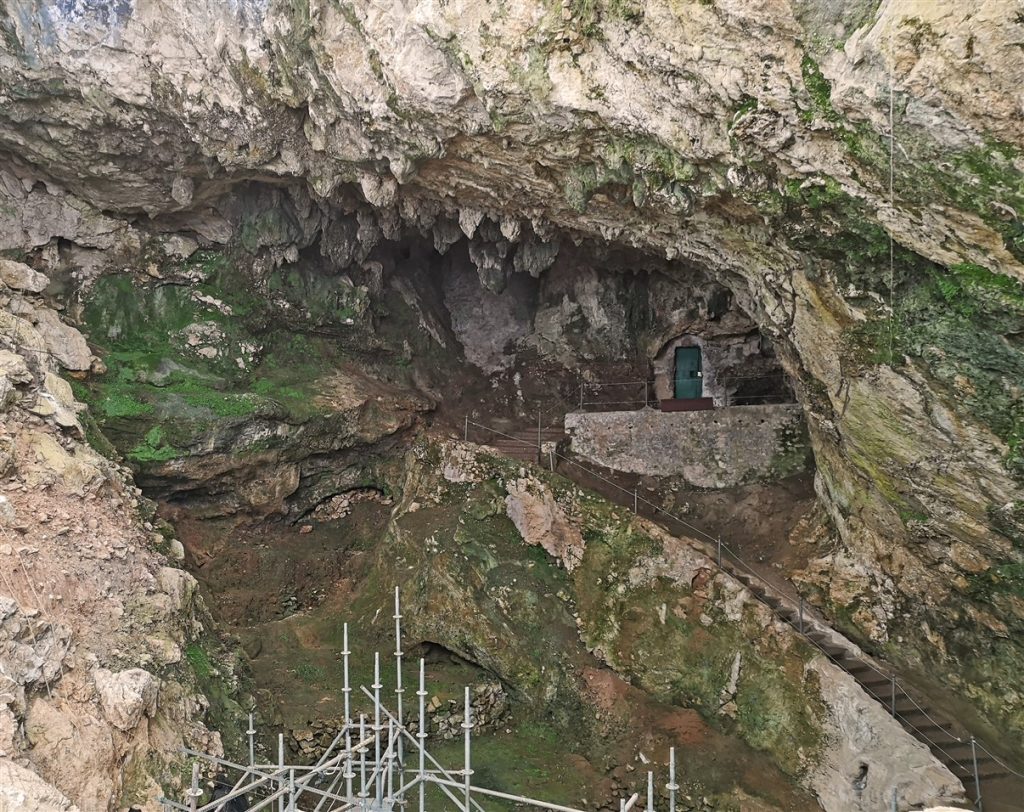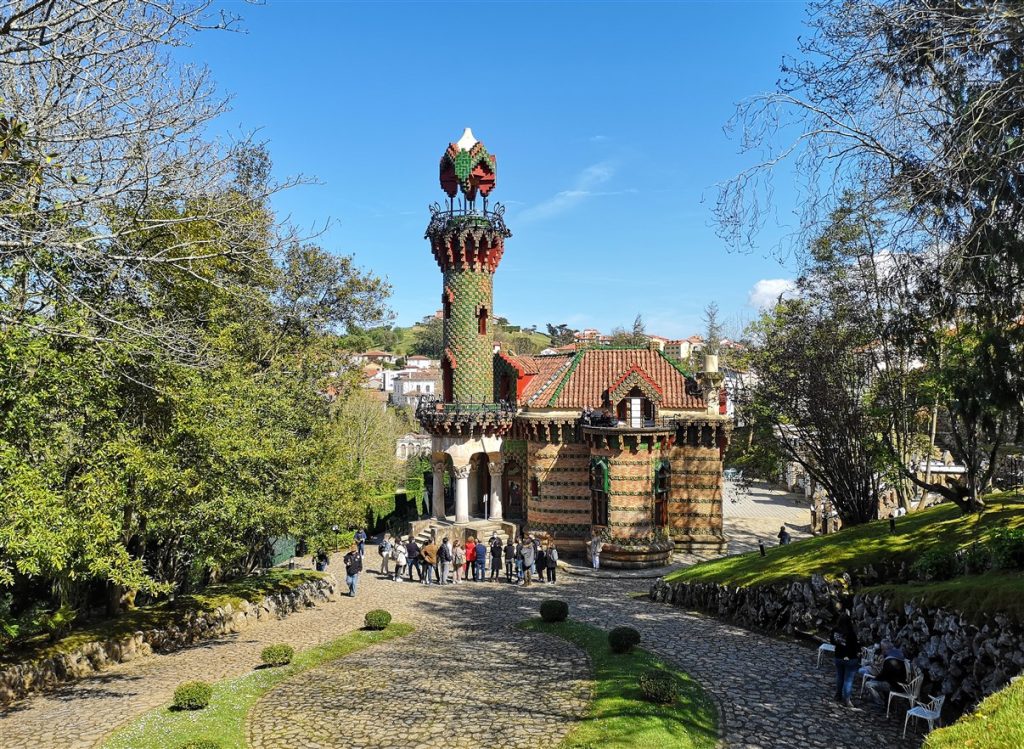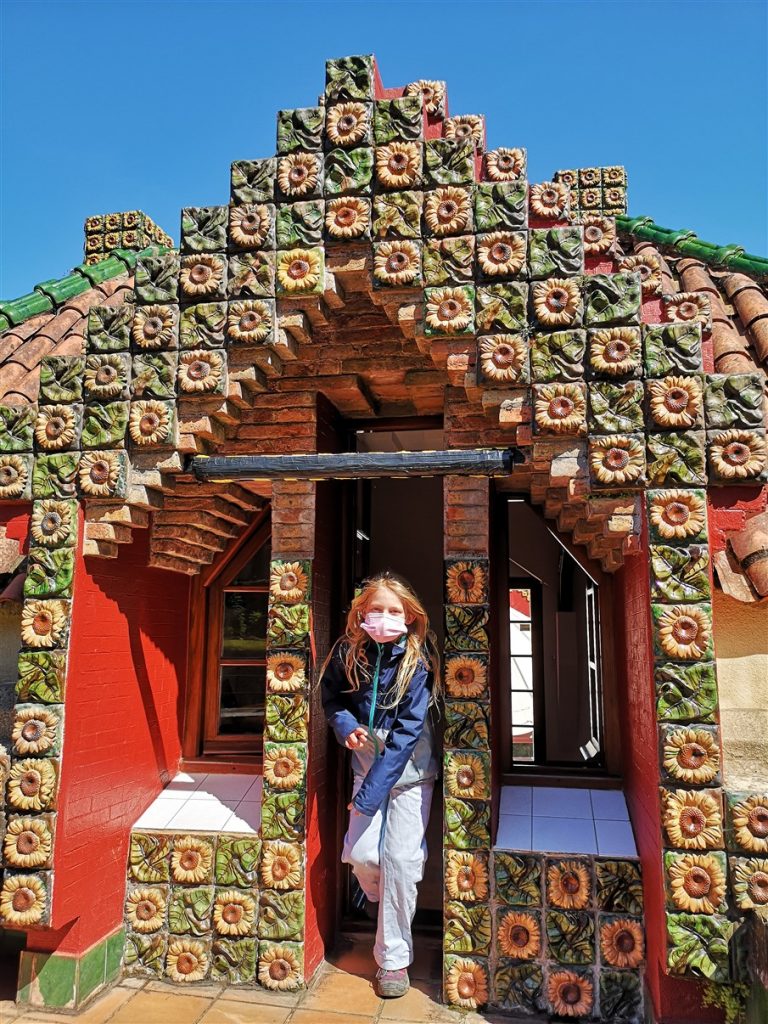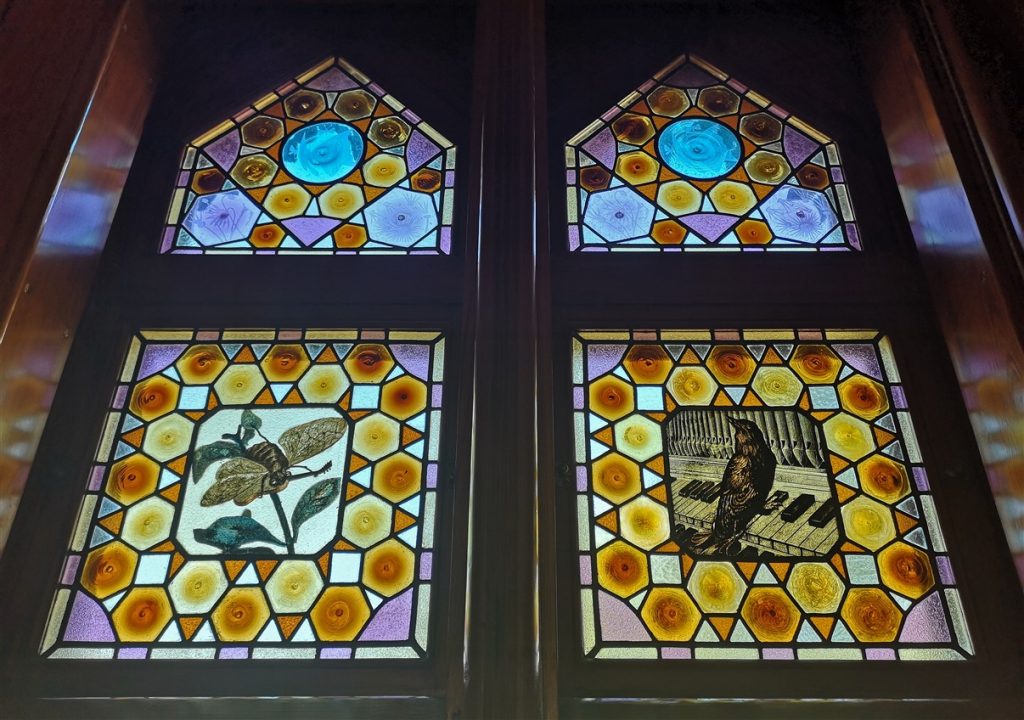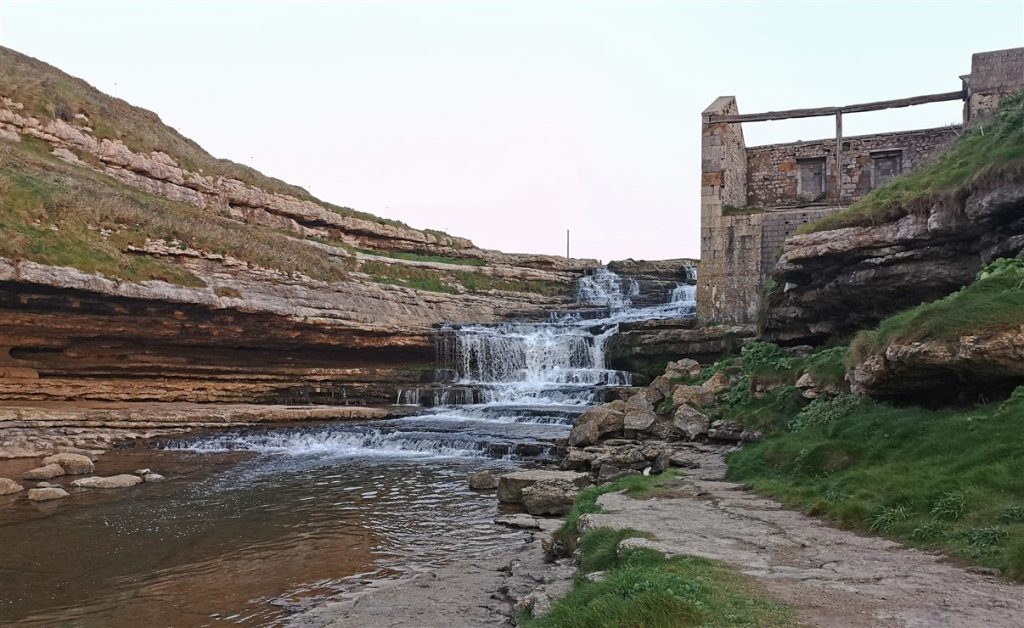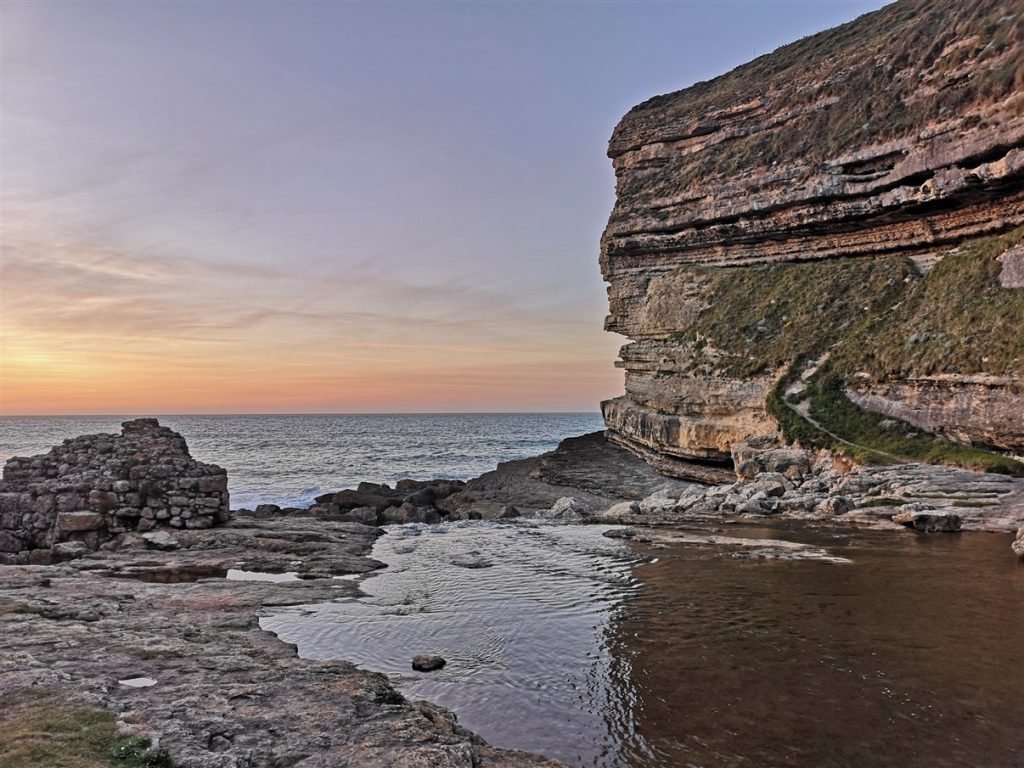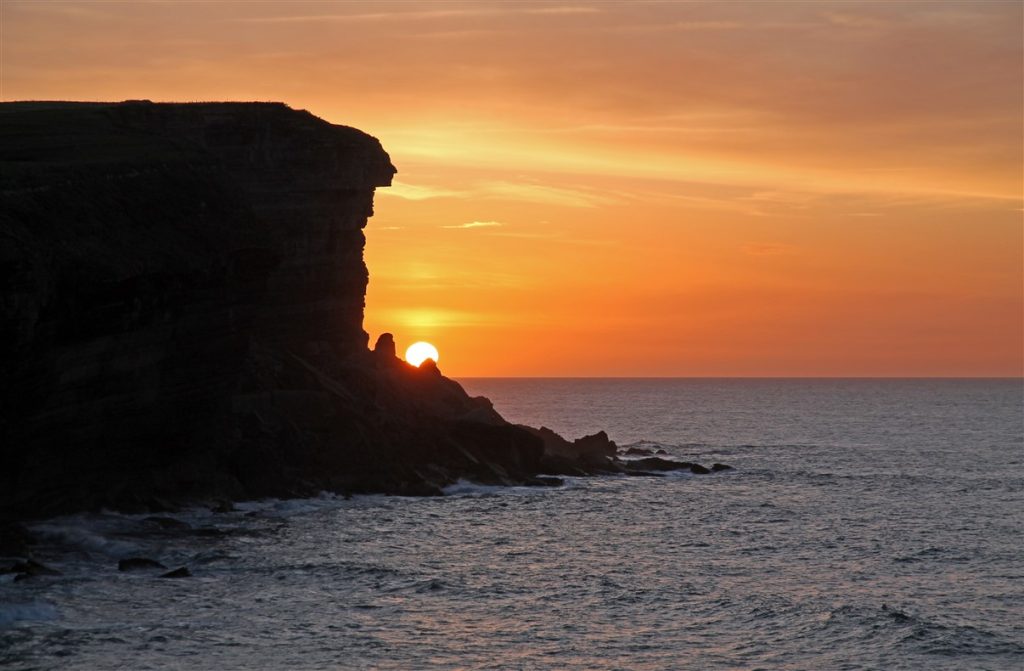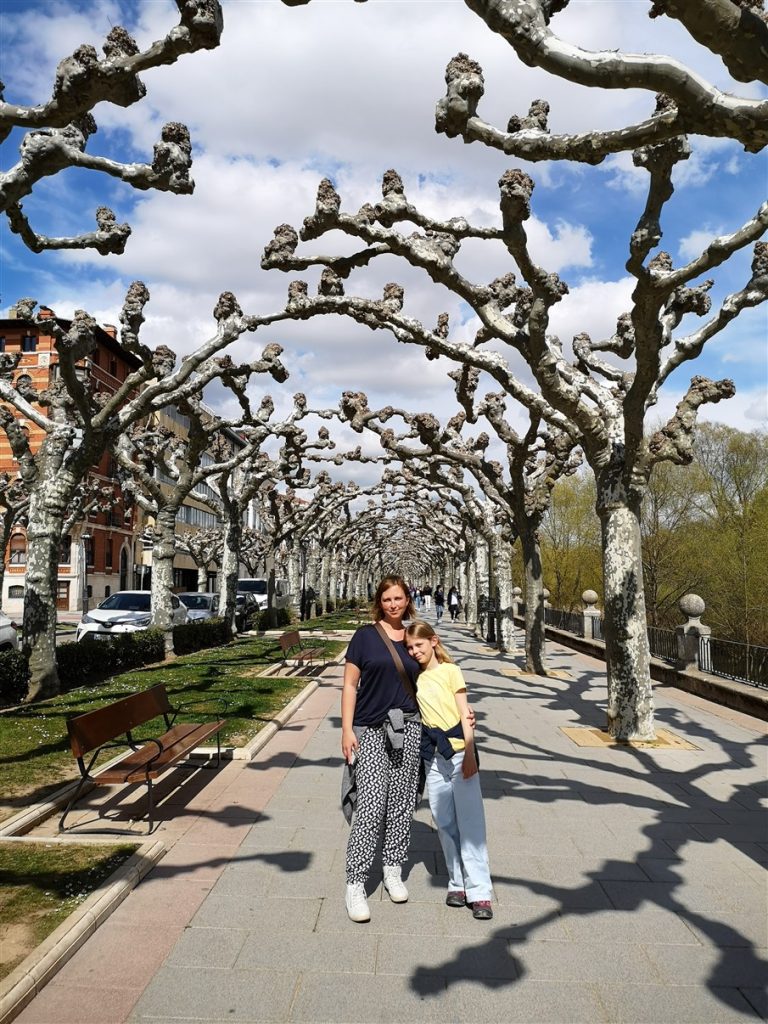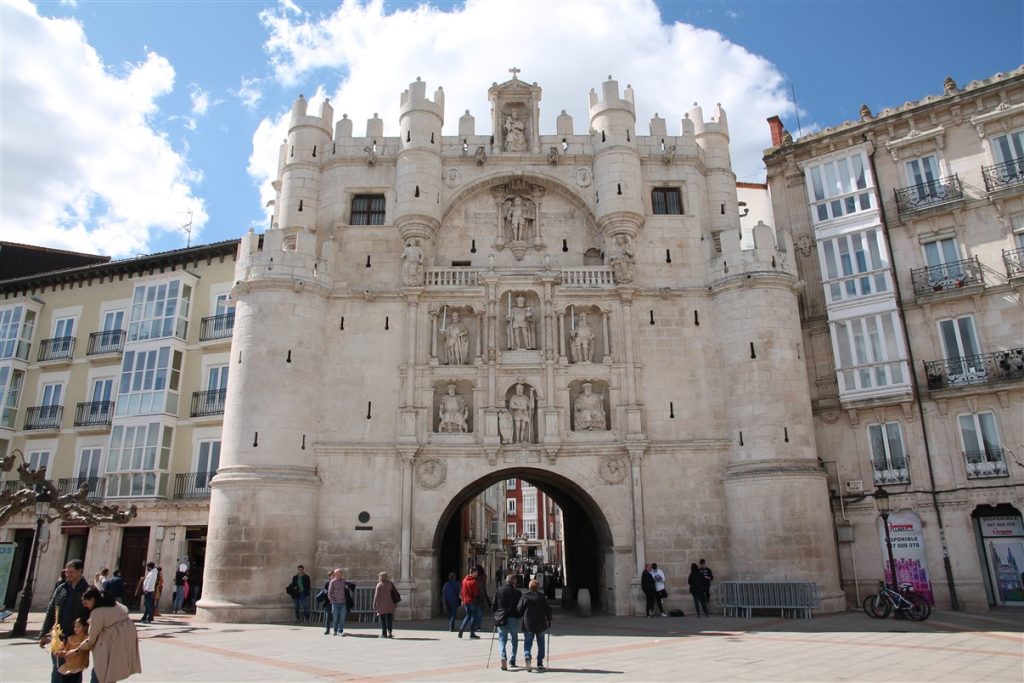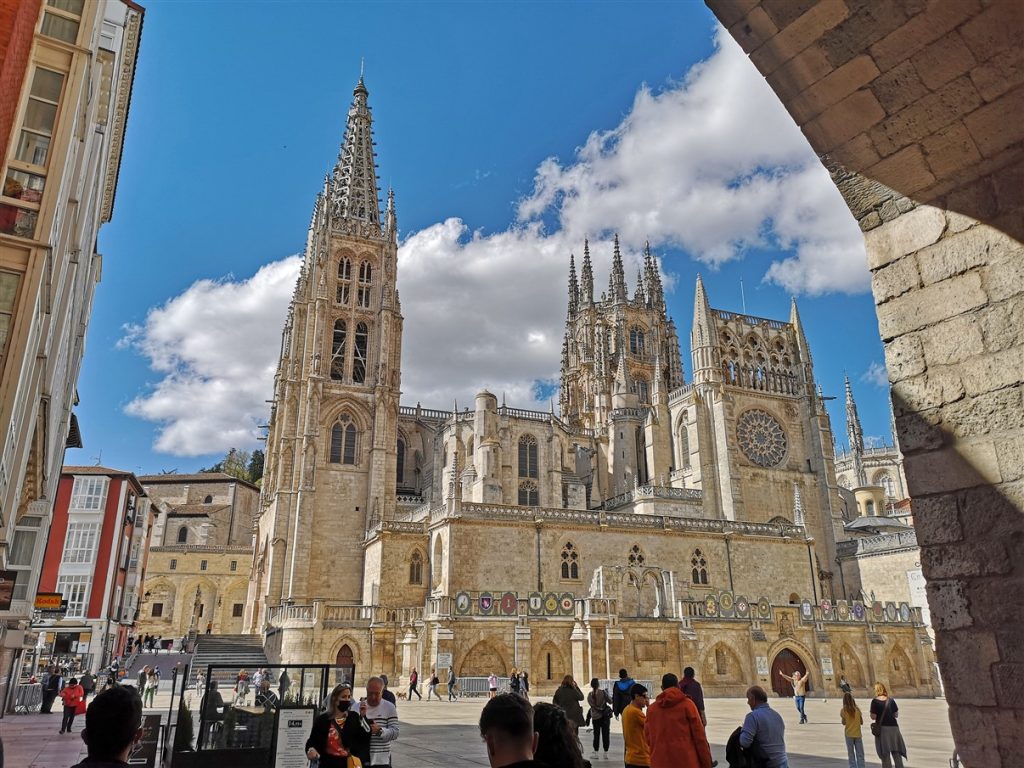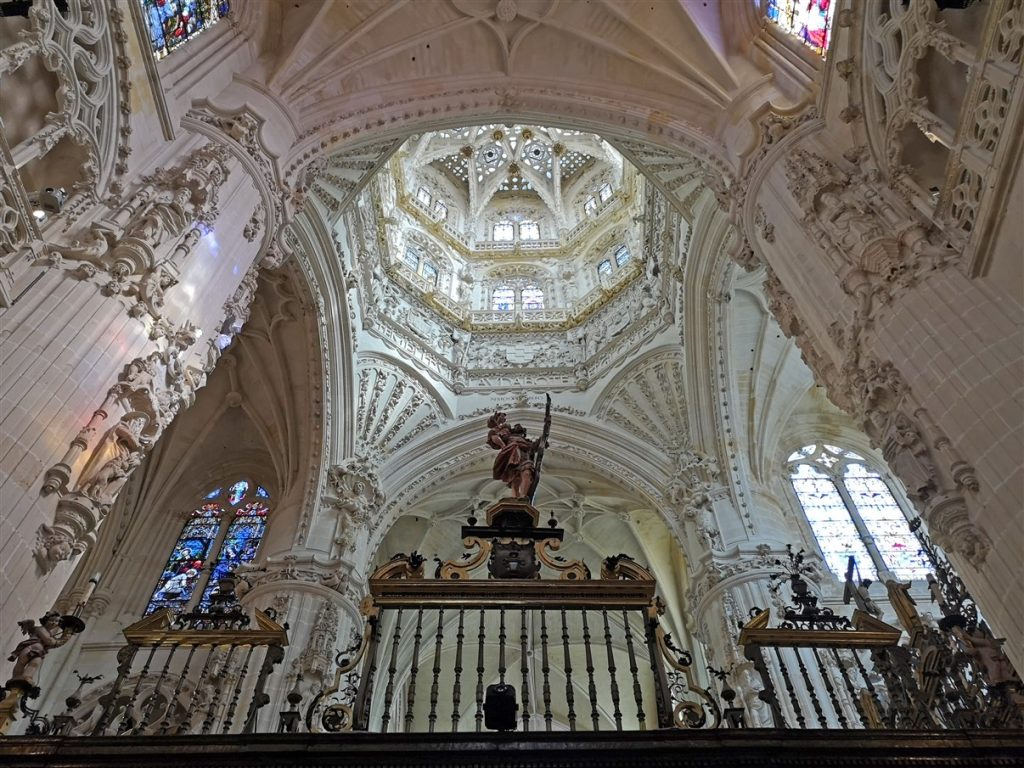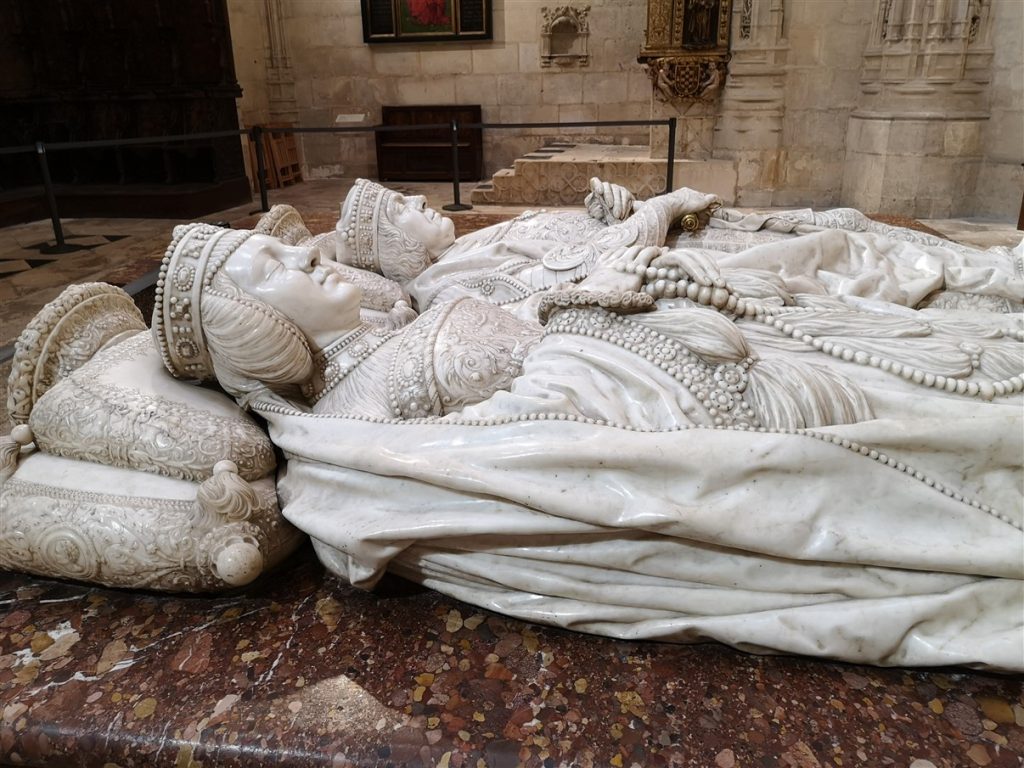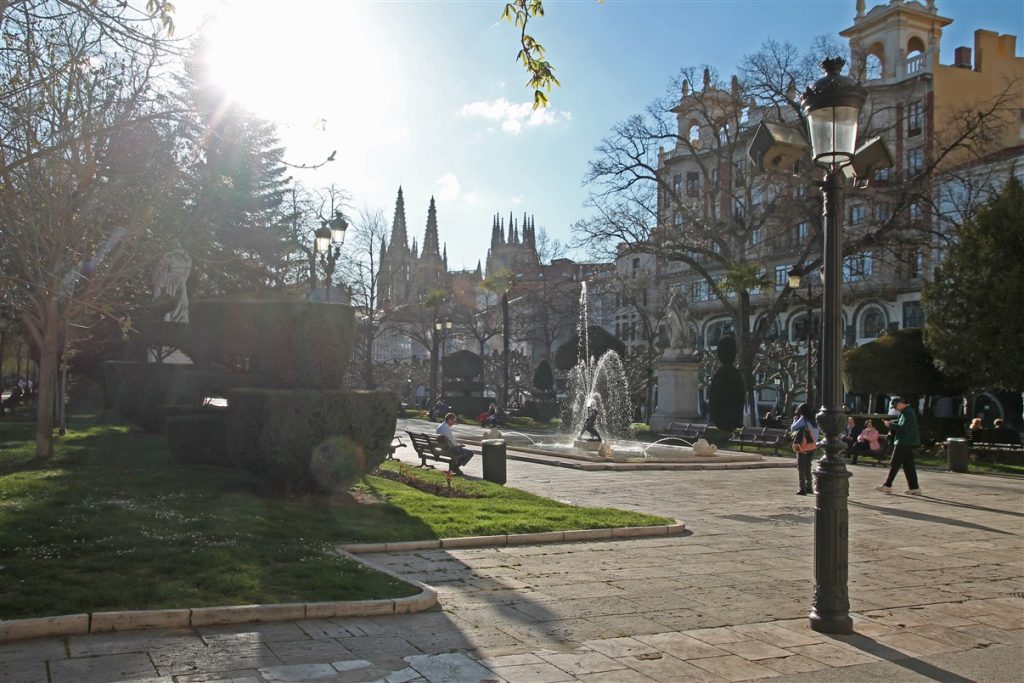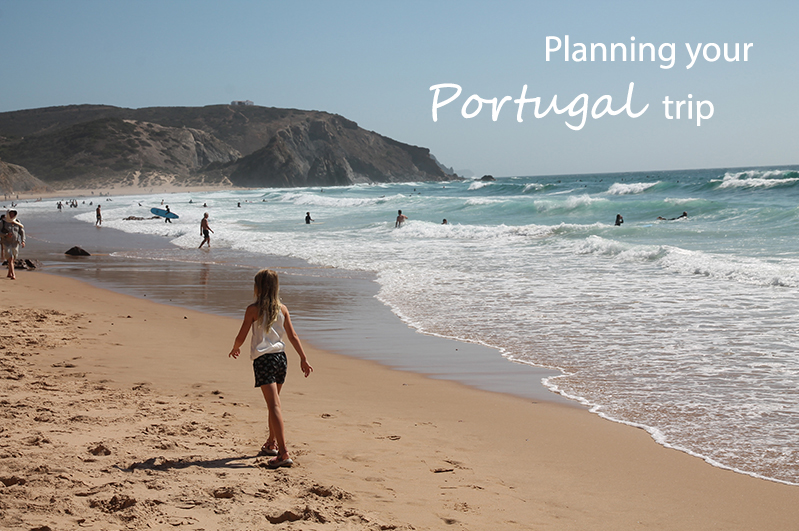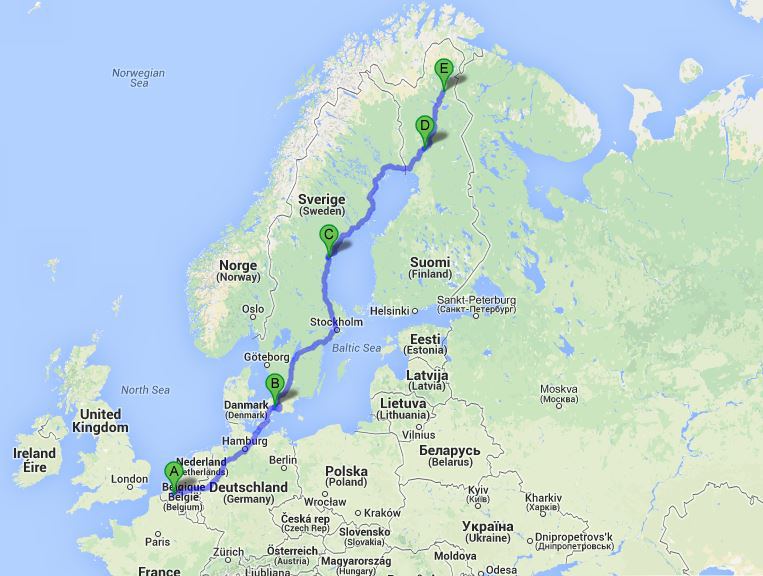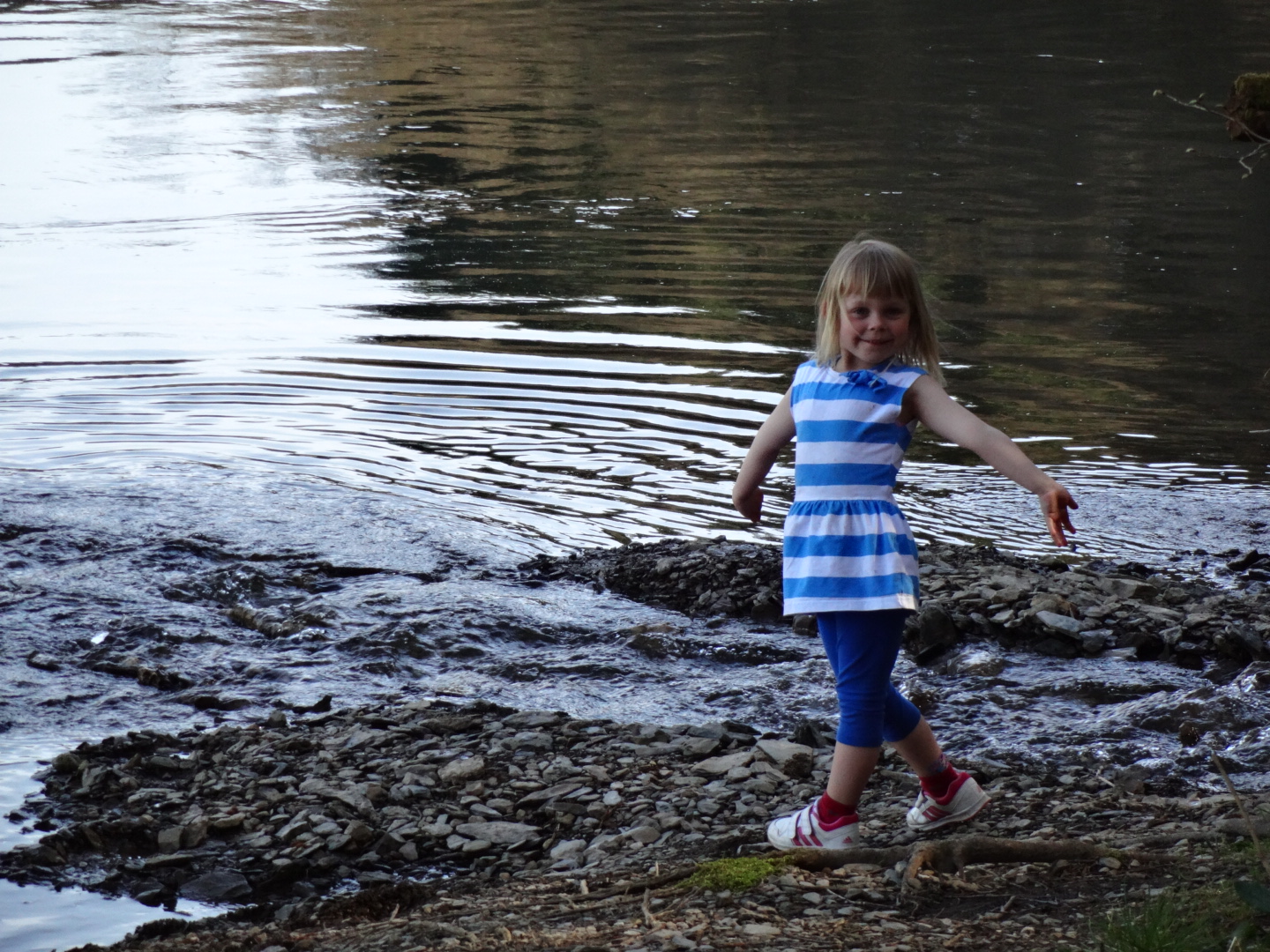April of 2022 will be forever in our memories as the moment we went on our first camper van roadtrip. For previous road trips in Europe, we always had our Fjällräven tunnel tent to rely on. We even once rented a rooftop tent, which turned out to be a one-time experiment though, since the effect of heavy winds kept us awake (and a bit frightened as well) during the night. During the hot summer months, a small and easy-to-setup tent is all you need, but for colder periods, such as autumn and early spring, you want something more sturdy and cold-proof. The camper van was just what we required for our road trip in April: a combination of transportation and accommodation, with all necessities covered. Such as central heating, for example. Just to give you an idea of how cold spring was in 2022: on our way to Spain we crossed the southwestern part of France, where we saw patches of snow still lying along the road. You can imagine we were really happy that after a day of outside adventure, we were able to warm ourselves up inside our van.
The first Spanish city we explored was San Sebastian, and we simply loved it. Just the kind of place that has it all: a spacious beach, beautiful scenery, a few hills to climb, a green environment, some interesting architecture, an aquarium and irresistible food. But it wouldn’t be a road trip if we stayed in San Sebastian for two weeks, so after a few days we left (with a backpack full of unforgettable memories) and headed west. This blog post is the record of the following three days of exploration in The Basque Country, Cantabria and Castille & León. We do realize this is only a personal selection and not a complete overview of all things you can do or see in the area. Choices were made based upon our own preferences, the (limited) amount of time we had and a few practical issues. For example, due to a landslide in 2021, the island of Gaztelugatxe (which was on our to-do list) was inaccessible. Nevertheless, if you ever come to the north of Spain, this post might be of some help…
Bilbao
We really loved our camper spot here (Área de Autocaravanas de Kobetamendi): it was situated on the top of a hill and had the most splendid view over the city. There was a bus station very closeby, so getting to the city center was also easy. The main reason for our visit to Bilbao was obviously the world-famous Guggenheim Museum of modern and contemporary art. Coming from the Autonomia bus station, we headed north towards the museum, passing by a number of nice parks with a relaxed atmosphere. We also noticed that in Bilbao modern and historical architecture exist side by side. This short walk through the western part of the city gave us already a positive first impression.
You could say that the exterior of the Guggenheim Museum is at least as interesting as its interior. The unusual shape of the museum (with its many rounded corners and wavy contours) was designed by American architect Frank Gehry and is considered a prime example of modern architecture. “Puppy”, the worlds largest flower sculpture (a work by Jeff Koons) is guarding the entrance and is a highlight in its own right. We particularly loved the riverside area behind the building, where you can find the famous spider known as “Maman” (by Louise Bourgeois). It isn’t the only piece of art here: there is a lot more to be discovered.
The largest exhibition inside the Guggenheim consists of a number of huge curved metal plates. It is called The Matter of Time, a work by Richard Serra. Wandering through the different levels and rooms of the museum, we discovered step-by-step a quirky selection/collection of artworks by well-known and lesser known artists. It is definitely not a plethora of artistic material, featuring the one famous highlight next to the other (something that I personally had expected), but a more casual and spacious approach, which makes the visit more enjoyable if you ask us.
We found shelter for the rain inside the Mercado de la Ribera, the largest covered food market in the world, which is situated on the banks of the River Nervión. We indulged in delicious Pintxos here again, before heading out to explore the old town or Casco Viejo, which took us about two-three hours. Even if you combine the Guggenheim with the Casco Viejo, Bilbao can be easily covered on a single day. We did not have the time to get to the Vizcaya Bridge though, a transporter bridge that is on the UNESCO world heritage list, but it is definitely something to consider.
Altamira
This world famous hot spot of prehistoric art in Santillana del Mar lies only 120km west of the famous hot spot of modern art in Bilbao. With around 150 rock paintings, dating back to the Paleolithic era, this is definitely a wonder to behold. These were also the first paintings in Europe for which a prehistoric origin was suggested. To preserve these invaluable works of art, currently only 5 people are allowed inside the cave per week. Fortunately for all other visitors, there is a superb and very accurate replica to be visited in the Altamira museum. Even though it is not “the real thing”, it is so close to reality and so spectacular that we loved it anyway. The other exhibitions of the museum are definitely worth seeing as well.
El Castillo
In case you still want to see “the real thing”, there is some good news as well. There are indeed several other caves with prehistoric rock art in close vicinity to Altamira, which can be visited. We decided to take a tour in the El Castillo cave. Even though we really enjoyed the unique experience of walking through a real cave with real paintings, there are a few point of criticism. First of all, these paintings are not nearly as spectacular and detailed as those of Altamira, although the huge number of spray-painted hands is noteworthy. Secondly, the guided tour was only in Spanish, and Annick (the only one of our family that knows this language) was not given enough time to translate it to us. And unfortunately, taking photos inside the cave was prohibited. Nevertheless, we would definitely recommend visiting at least one other cave than Altamira.
El capricho de Gaudí
Even though most people only know Gaudí from his work in Barcelona, he also left his mark in Cantabria. In Comillas, to be precise, where you can visit a villa designed (not built) by the master. From the outside, it looks like something from a fairytale or a lego box, with an abundance of flower-shaped tiles and a toy-like round tower. But on the inside you can see the real genius of the architect, with bright, inhabitable rooms that overflow with tiny details.
Acantilado El Bolao
In between all that culture, you might need some time to cool down in a relaxing environment. Maybe need to take in some much-needed Vitamin Sea, or linger at the foot of a waterfall. Maybe you’d prefer gazing up in awe at some impressively high, soaring cliffs. Or do you simply want to enjoy the sunset?… But what if you could combine all these things? Well, then the Acantilado El Bolao is just the place to be. This viewpoint close to the villages of Cóbreces and Toñanes is especially spectacular in the evening, when you can watch the sun setting in the Atlantic. If you come with a caravan or camper van: there is a small but decent camping spot nearby (Área Autocaravanas Las Hazas).
Burgos
Although you need to drive a few hours to get there from the coast, Burgos is definitely a highlight you cannot skip when you’re in the area. Its UNESCO world heritage cathedral is really the most beautiful one we ever saw (and we definitely have seen many many cathedrals during our travels…), but there is more. Burgos is both impressive in its architectural grandeur and picturesque in its small-scale cosiness. The Arco de Santa María, the tower-like, sculpted, medieval city gate just south of the cathedral. We spent many hours inside the cathedral, admiring the many chapels, stairs, ceilings and stained glass windows, which compete with each other in fine detail and splendid workmanschip. We were astonished by the its collection of centuries-old choir books and exquisite Flemish tapestries. But we evenly loved the plane tree lane in the Parque de La Isla and the fountains in the Río Arlanzón park. And enjoyed our drinks at the Plaza Major…
There is more…
The area that we visited is packed with sightseeing highlights, of which we only visited a few. The cities of Santander, Oviedo and León, the island of Gaztelugatxe, the Picos de Europa, the lakes of Covadonga, the Salto del Nervion… The list is endless. So if you have a bit more time to spend, you won’t have difficulties to fill your days!


